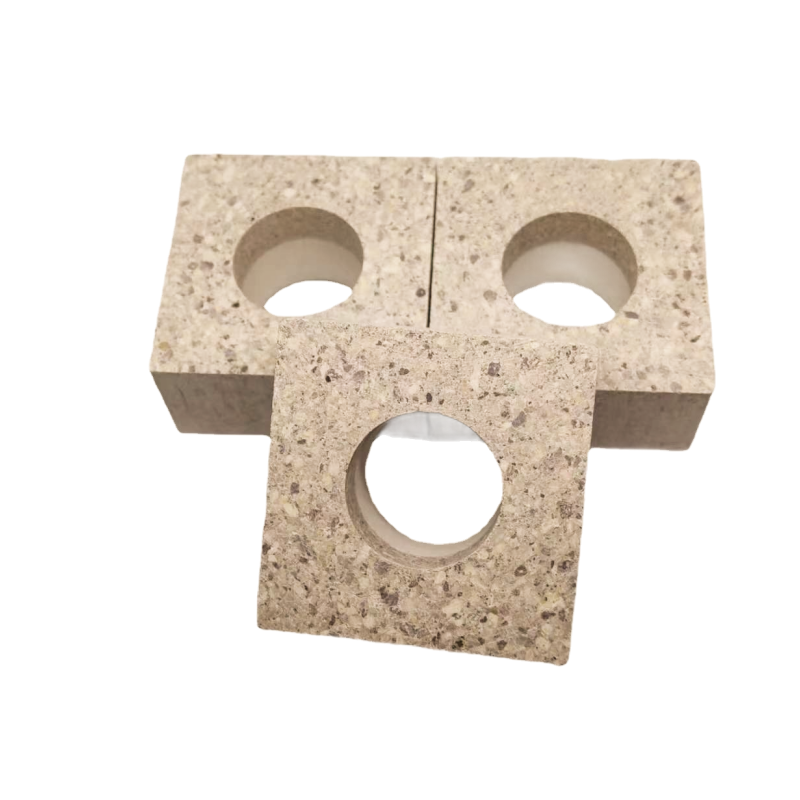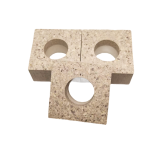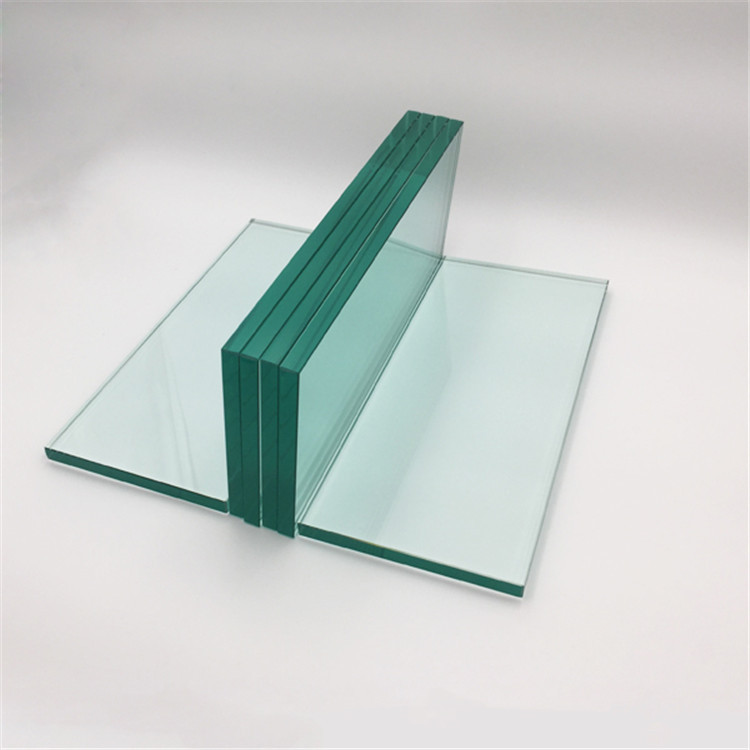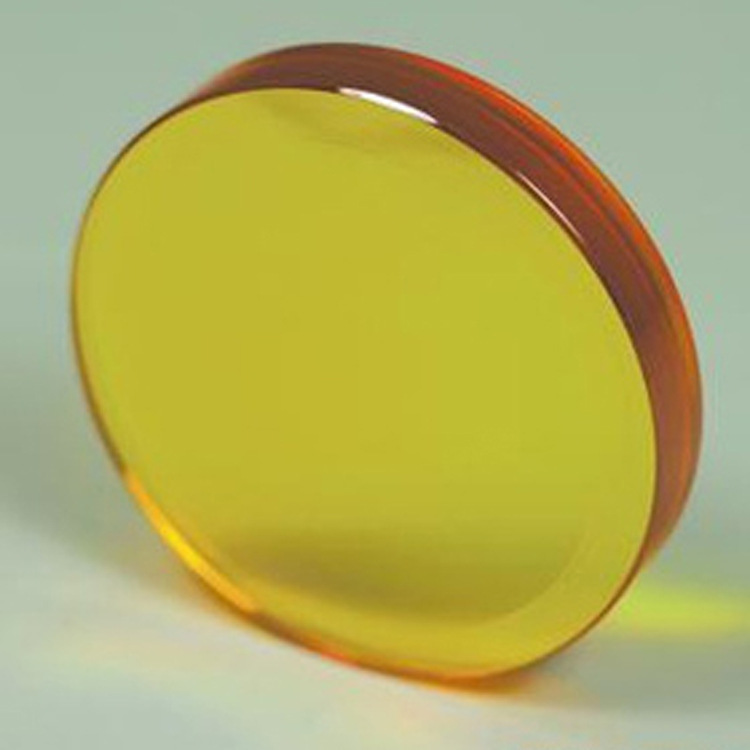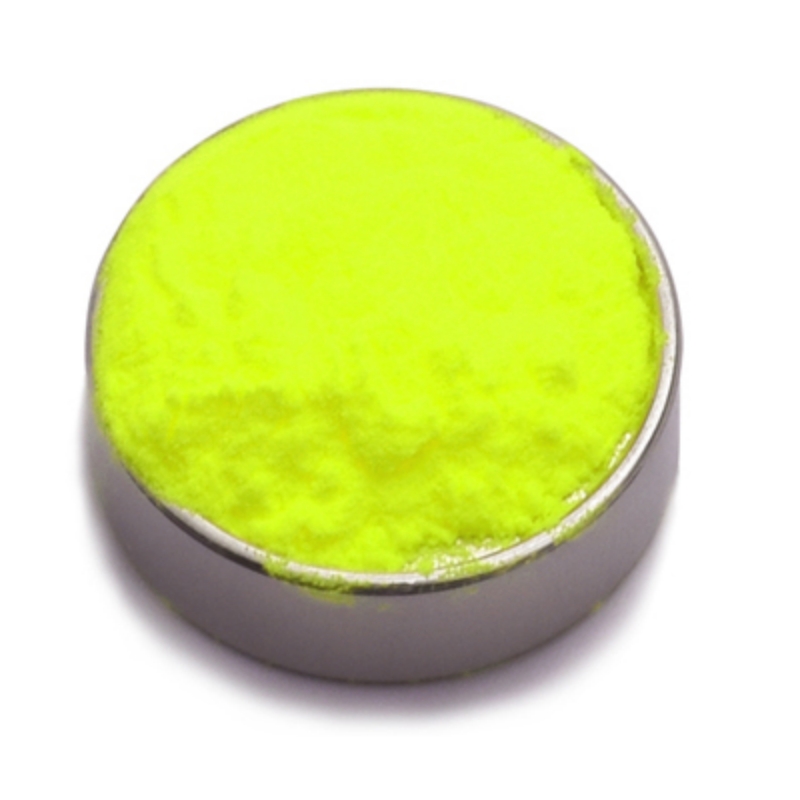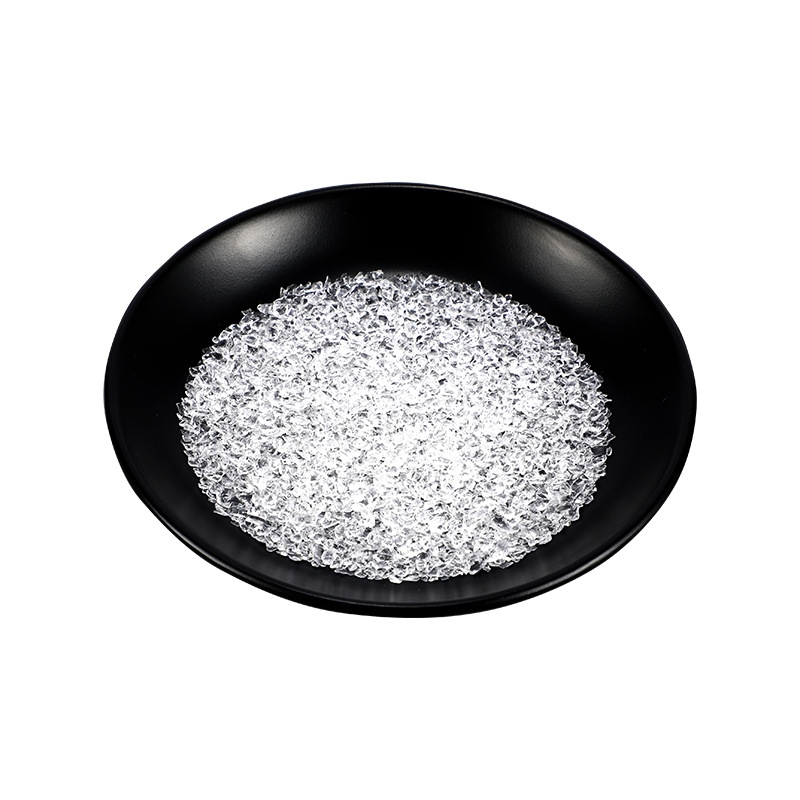Talc synthetic blocks are high-performance engineered materials designed for industrial applications requiring superior thermal resistance, lubricating properties, and structural stability. Manufactured through advanced processing techniques, these blocks exhibit uniform composition, optimized hardness, and enhanced machinability. They are widely used in precision tooling, aerospace components, ceramics manufacturing, and polymer reinforcement, ensuring consistent functionality in demanding environments.
Product Overview
Talc synthetic blocks are a highly stable material with excellent pressure transmission and sealing properties. They offer superior fluidity, making them ideal for high-pressure synthesis environments. These blocks are commonly used in the production of high-performance materials such as synthetic diamonds, cubic boron nitride single crystals, polycrystalline and composite materials, especially in six-sided press machines.
Features
- High Stability: Talc synthetic blocks maintain excellent stability under high-pressure conditions, making them suitable for high-temperature and high-pressure synthesis processes.
- Good Pressure Transmission: They effectively transmit pressure evenly, enhancing the synthesis process and the quality of the materials produced.
- Excellent Sealing Properties: The blocks provide effective sealing, ensuring controlled gas and heat conditions during the synthesis process.
- Outstanding Fluidity: With excellent fluidity, these blocks help achieve uniform material distribution during synthesis.
Applications
- Diamond and Cubic Boron Nitride Synthesis: Used in six-sided press machines for synthesizing diamonds, cubic boron nitride single crystals, polycrystalline, and composite materials.
- High-Pressure Synthesis: Widely used in the synthesis of diamonds, boron nitride, and other high-performance materials under high pressure.
- High-Temperature and High-Pressure Experiments: Suitable for high-temperature, high-pressure experimental equipment, particularly in material research and new material development.
 new material
new material

